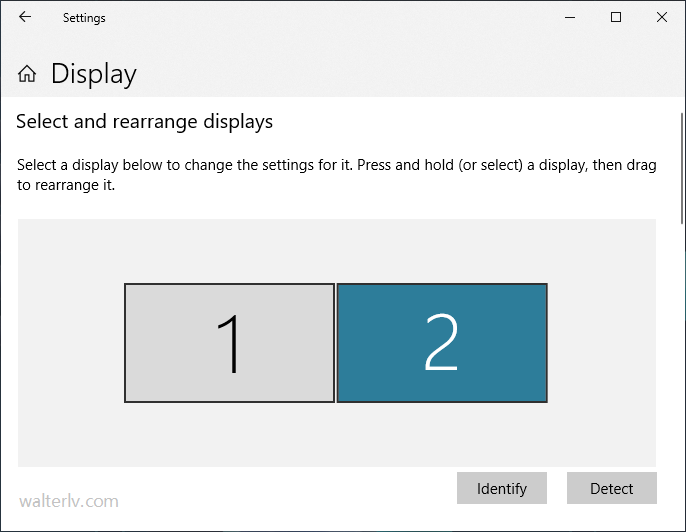

- #Win32 forms datagraph how to
- #Win32 forms datagraph install
- #Win32 forms datagraph archive
- #Win32 forms datagraph for windows 10
- #Win32 forms datagraph windows 10
Win32 APIs exist for many features and technologies in Windows 10, including core user interface and windowing APIs, audio and graphics, and networking. WinForms Data Grid that Does Everything Ok, maybe not everything but it comes awfully close. Get started with Win32 features and technologies To learn about new Win32 APIs that have been introduced in Windows 10, see what's new.
#Win32 forms datagraph install
#Win32 forms datagraph windows 10
You can enhance your existing desktop app by choosing which parts of Windows 10 and UWP to adopt.įor more information, see Modernize your desktop apps. Most of these UWP features are available as modular components that you can adopt in your desktop app at your own pace without having to rewrite your entire application. For example, starting in Windows 10, version 1903, you can host UWP XAML controls in your desktop Win32 app using a feature called XAML Islands. If you have an existing desktop Win32 app, there are many features in the Universal Windows Platform (UWP) that you can use to deliver the best possible experience on Windows 10.
#Win32 forms datagraph archive
If you would prefer to download a source zip archive or tarball, you can download a MinGW Win32 Application release.
#Win32 forms datagraph for windows 10
Modernize your desktop apps for Windows 10 Download the MinGW Win32 Application The easiest way to get the application code is to run git clone. You can also browse the desktop app samples. Provides an overview of some of the conventions used in the Windows header files. This basic tutorial will get you started with DirectX app development.ĭescribes programming for 64-bit versions of the Windows operating system.
#Win32 forms datagraph how to
This tutorial teaches you how to write a Windows program in C++ using Win32 and COM APIs. If you're new to building desktop apps using the Win32 API, the following tutorials and articles will help get you started. Well, actually, after reading some knowledgeable comments from expert on other. Learn how to create desktop apps using the Win32 API Thats right, but apparently the basis will be Win32 extended with UWP APIs, rather than the other way round. Set the following properties for the controls on the form.ĭouble click on the sum button and write the following code in the click event of that button to calculate sum and display the result in result textbox.For scripts you can use to set up your development computer and install other features or packages, check out this GitHub project. Give the name of the application and click on OK. Open Visual Studio ->File -> New Project ->Visual C#-> select Windows Forms Application When user enters two numbers in to first two text boxes and clicks on button1 then sum has to be calculated for those two numbers and display the result in label4.Ĭreate a windows application and design the form as follows.

The following example creates a C# windows Form application with two text boxes, one button,four label controls. C# Windows Form Examples Example 1 : Add Two Numbers in C# Windows Form Application. If you double-click on your 'ProjectName.rc' file in the Solution Explorer, then expand the 'Dialog' resources folder, you'll see it. Controls like a text box or a label are just some of the controls which can be added to a Windows Forms. When you create a new Win32 project based on the template in Visual Studio, you already get one dialog resource created for you: the About box. The toolbox contains all the controls which can be added to a Windows Forms. On the left-hand side of Visual Studio, you will also see a ToolBox. Then, choose Create.Īfter you select your C# project template and name your file, Visual Studio opens a form for you. In the Configure your new project window, type or enter HelloWorld in the Project name box. (If you prefer, you can refine your search to quickly get to the template you want.) On the Create a new project window, choose the Windows Forms App (.NET Framework) template for C#. The project type comes with all the template files you’ll need, before you’ve even added anything. First, you’ll create a C# application project.


 0 kommentar(er)
0 kommentar(er)
